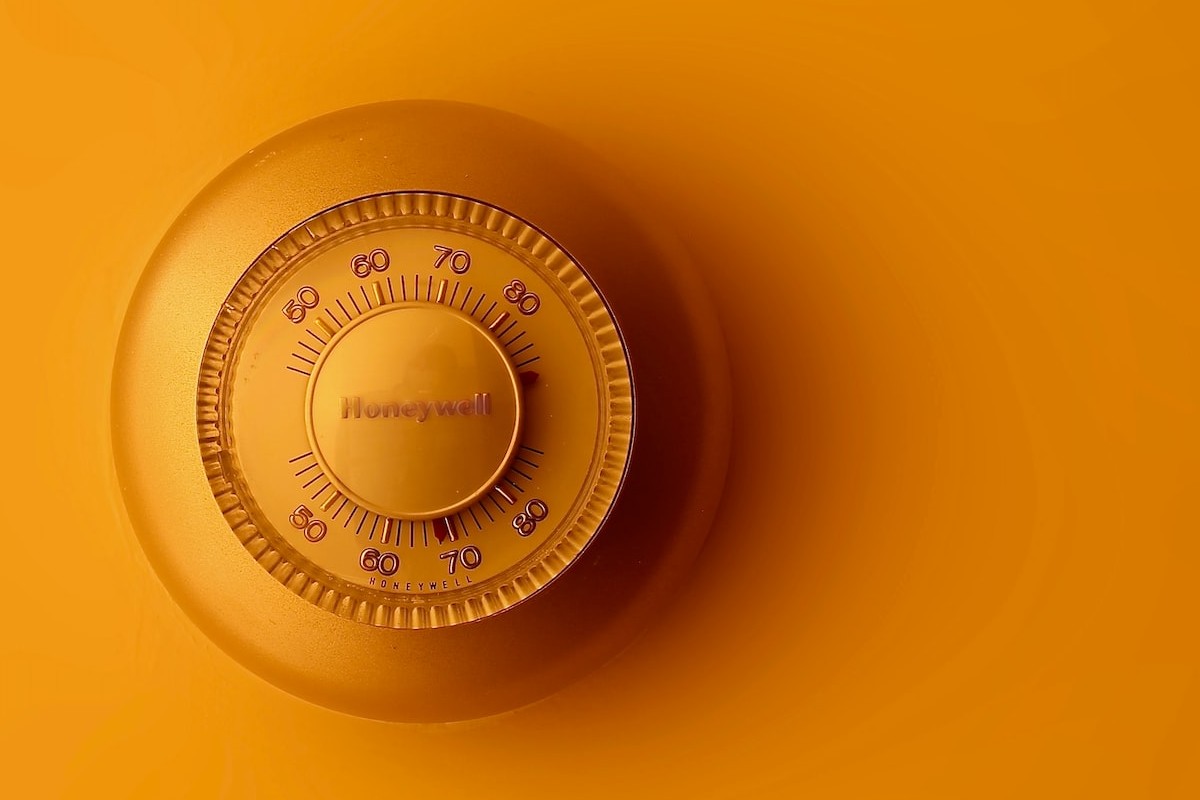
Staff reports | South Carolina is the nation’s least energy-efficient state, according to a new study by WalletHub.
“This is why we have the 4th-highest electric bills in the nation,” said Eddy Moore, energy program director at the Coastal Conservation League. “So many homes in South Carolina — even recently-built homes — are not efficient.”
The study compared the auto- and home-energy efficiency in 48 U.S. contiguous states. In the study, South Carolina ranked last in home-energy efficiency, 33rd in vehicle-fuel efficiency and 35th in transportation efficiency. Due to data limitations, Alaska and Hawaii were excluded from the study.
The average American household spends at least $2,000 per year on utilities and another $2,148 on motor fuel and oil, according to WalletHub. The U.S. Department of Energy estimates that adopting energy-efficient measures in the home could reduce a family’s utility costs by as much as 25%.

“Energy efficiency does not mean turning down the thermostat,” Moore said. “It means having a professional energy audit and making the home airtight and insulated. Then the home will be cool in the summer and warm in the winter, with much lower bills.”
He said if your home is humid in the summer, it may not be airtight.
“If the air conditioner runs briefly and the home is cold and clammy, that is a sign the air conditioner is oversized. Both of these things drive up your electric bill without making the home comfortable.”
Heather E. Payne, an associate professor at Seton Hall University, suggests considering several switches for the best return on investment.
“Everyone, for example, should switch out their lightbulbs to LEDs — that is easy to do,” she said. “Other energy efficiency improvements, like replacing single-pane windows or adding exterior wall insulation, are both more expensive and much more disruptive/harder to do.
“The good news is that some utilities or municipalities offer low- or no-cost home energy assessments, which can give homeowners a good idea of the potential range of energy efficiency improvements they could make.”
Payne also suggests making the following improvements for building an energy-efficient home on a budget.
“Insulation and making the building tight are most important, as that is what is going to lead to lower monthly bills going forward,” she said. “Maintenance is also important-make sure the caulk around windows and doors doesn’t have holes, the weatherstripping is still tight, etc.
“With all of these, the best thing people can do is start being cognizant of their energy use, and then determine what the best way is to reduce that use — whether it is by installing energy efficient appliances like a heat pump water heater or space heater, making their home more airtight with caulking and weather stripping, or taking on larger projects like insulation.”
Moore added that new federal tax credits and rebates that start in 2023 could also help consumers.
“The federal government is making rebates of up to $14,000 per home available, but the state government is going to have to design a program to get the money out,” he said.
- To view the full report online, click here.
- Have a comment? Send to: feedback@statehousereport.com.


